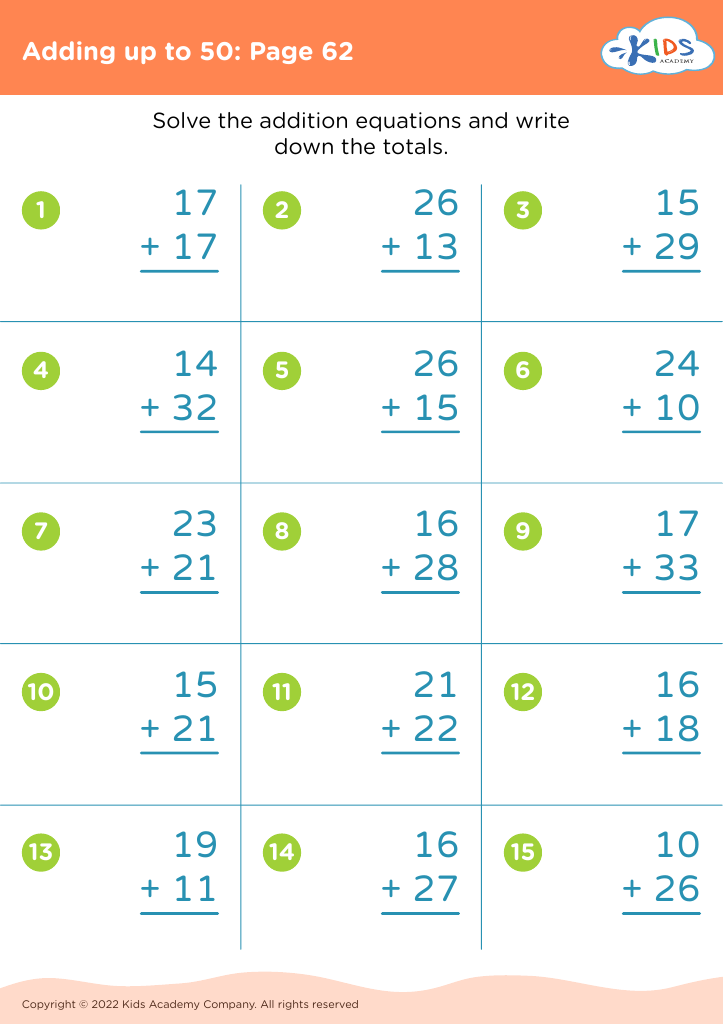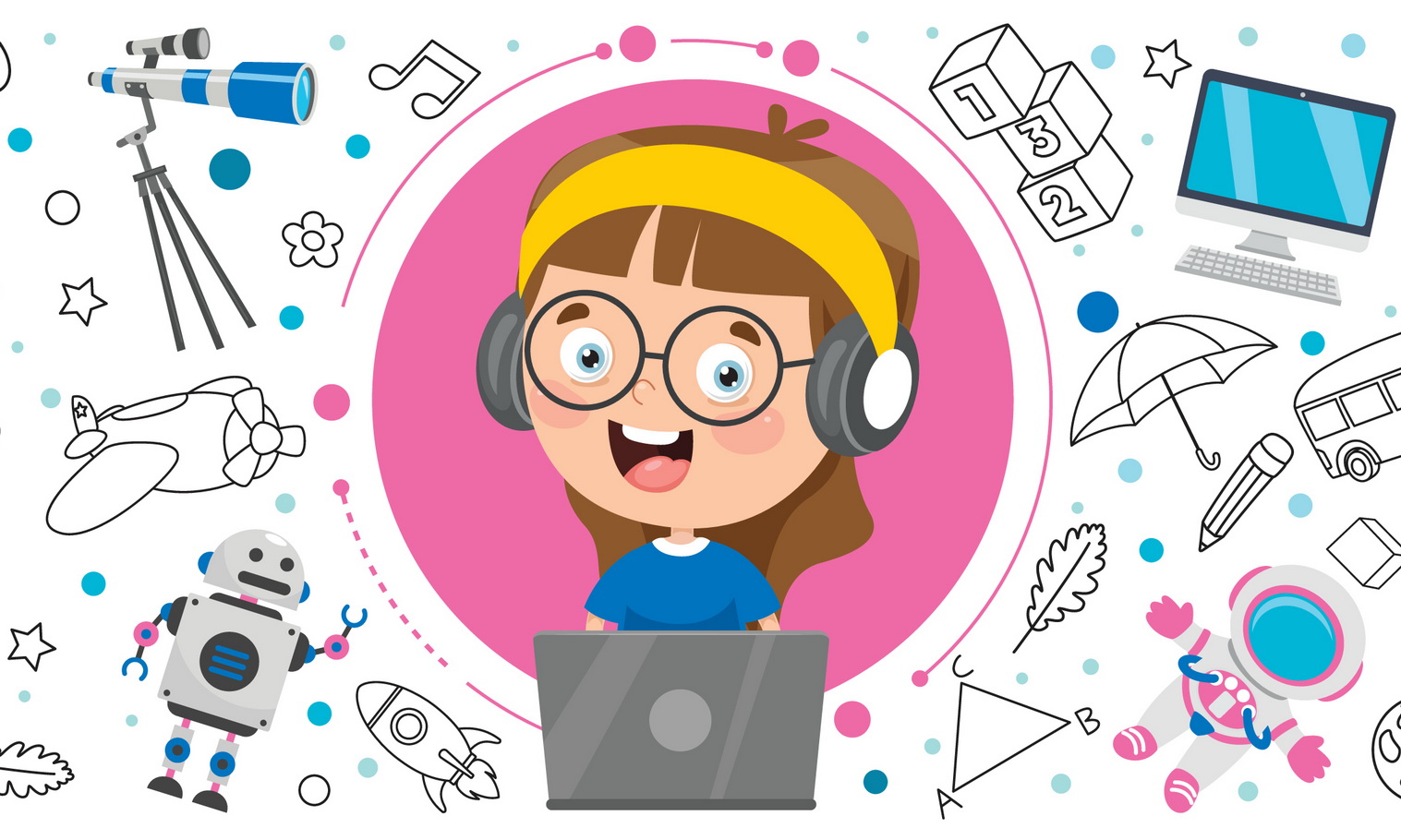Understanding Christmas history Worksheets for Kids
1 filtered results
-
From - To
Question/Answer
What does the Understanding Christmas history skill mean when it comes to Grade 2 Adding up to 50 Misc learning?
The Understanding Christmas history skill in the context of Grade 2 Adding up to 50 Misc learning likely refers to incorporating historical aspects or traditions of Christmas into math lessons. It means using Christmas-themed examples or problems, such as counting ornaments or gifts, to help students practice adding numbers up to 50, thereby blending historical cultural knowledge with mathematics instruction.
How to test a Grade 2 student’s Understanding Christmas history skills?
To test a Grade 2 student’s understanding of Christmas history, create a brief, simple quiz or worksheet with questions about key facts and traditions. For example, ask them to identify the origins of Christmas, name some traditional Christmas symbols, or explain the significance of certain customs. Use a mix of multiple-choice, true/false, and short-answer questions to assess their comprehension effectively.
How does the mastery of the Understanding Christmas history skill affect a student's performance at an early age?
Mastery of the Understanding Christmas history skill at an early age can enhance a student's cultural and historical awareness, improve reading comprehension and critical thinking skills, and foster a greater appreciation for traditions and storytelling. This broader knowledge base and skill set can boost overall academic performance and encourage a lifelong interest in learning about diverse cultures and histories.


.jpg)









